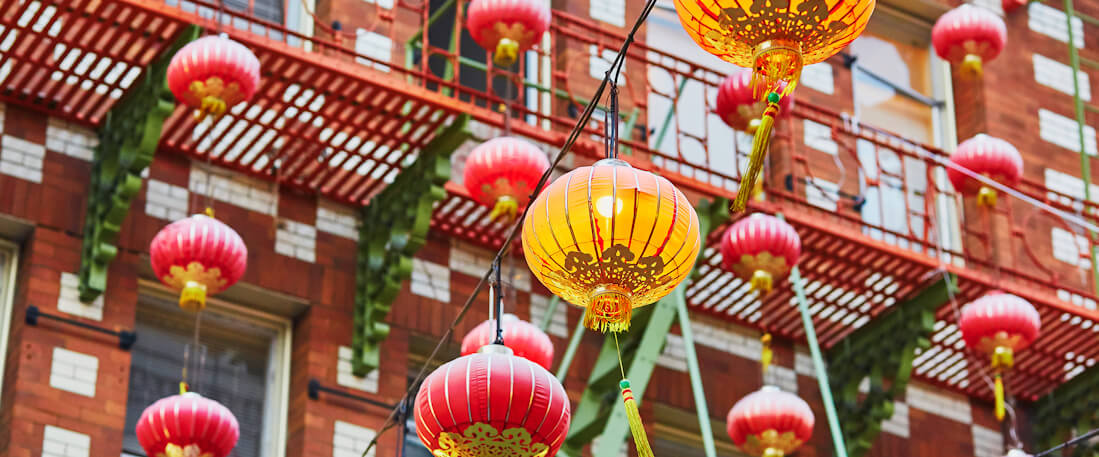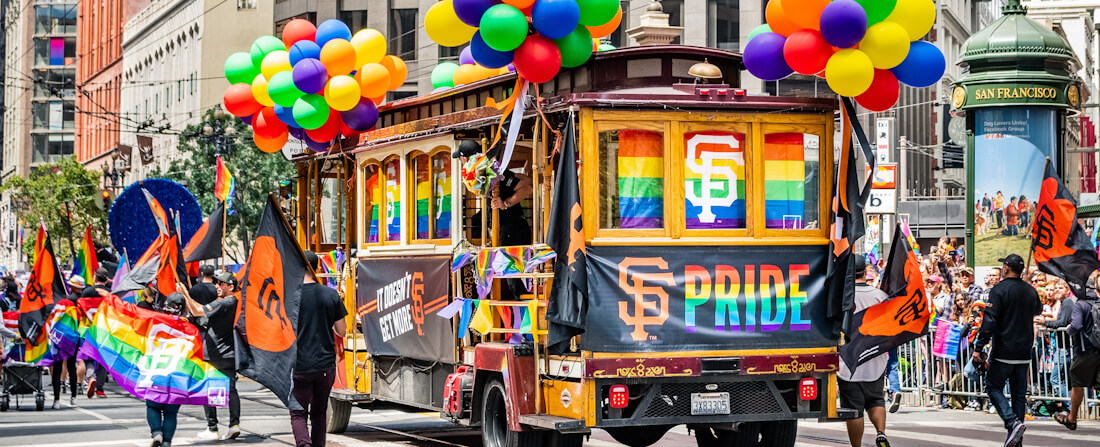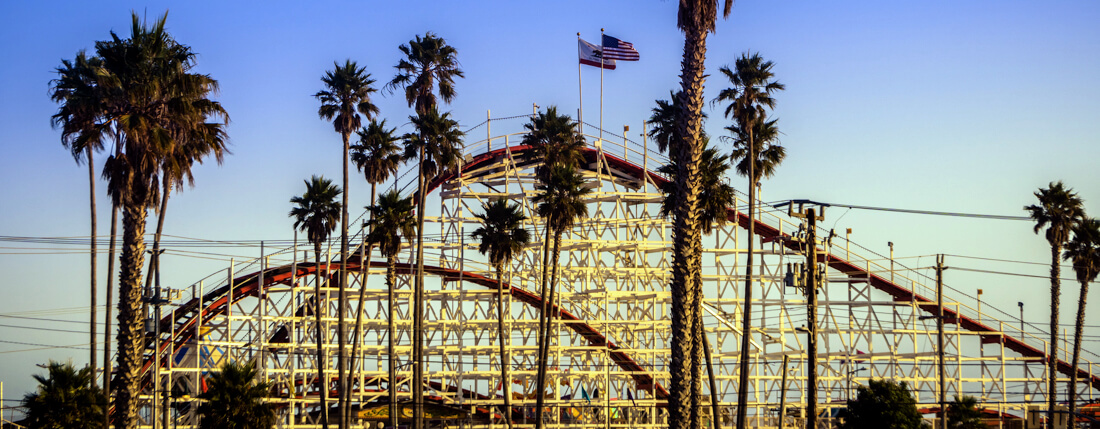Those moving to San Francisco will be welcomed by the sight of the iconic Golden Gate Bridge straddling the bay. But the city's beauty doesn't stop there. Classic bay-window architecture, steep hills with vintage trams crawling up them, bustling Union Square, the nearby Muir Woods, and the gorgeous harbour are all part of this Californian city's innate charm.
The Bay City has a history of attracting visionaries and entrepreneurs who are often at the creative cutting edge of their time. Today, new arrivals moving to San Francisco join a rich tradition of pioneers, from the gold miners who started the first European settlements, to the counter-cultural movements of the 20th century and the venture capitalists of the tech boom. As much as it is known for its history, migrants continue to be drawn to San Francisco for its vast opportunities and the liberal lifestyle it offers residents.
Living in San Francisco as an expat
San Francisco's diversity and the city’s spirit of progress are likely to shape anyone's experiences of living and working in San Francisco. The largest contributors to the city’s economy are the financial services industry, tourism and of course the high technology of Silicon Valley. A remnant of its role in the California Gold Rush, San Francisco remains one of the largest centres of finance in the United States.
San Francisco’s public transport system is comprehensive and efficient, helped by the city's compact grid layout. The bus system reaches most areas, and the Bay Area Rapid Transit (BART) rail service is another option, not to mention the iconic San Francisco tram system.
The healthcare system in San Francisco is one of the best in the country, and the city is one of the few places in the USA where uninsured residents have access to subsidised healthcare. It also has some of the best hospitals in California, though most will need medical cover to access these.
Cost of living in San Francisco
In some ways, the city is a victim of its own success, and long-time residents often bear the burden. The extremely high cost of living is pushing many residents out of their neighbourhoods which are, in turn, gentrified by wealthier inhabitants. Families are increasingly moving towards San Jose and other parts of the Bay Area. That being said, salaries in San Francisco are higher than the national average, and this balances out the high cost of living to some extent.
Expat families and children
Newcomers will have access to a variety of accommodation in the neighbourhoods of San Francisco, from leafy suburbs to gentrified areas with loft apartments. Parents can choose from quality public, private and international schools in the area. The city also provides a wide selection of options for further education, including the University of California, Berkeley.
It is also a child-friendly city, and kids in San Francisco can hardly be bored given all the attractions and activities for the young and the young at heart. Expat families can spend time in a variety of museums, picnic in Golden Gate Park, or enjoy weekend shopping at one of the city’s malls and shopping districts.
Climate in San Francisco
With cool to mild weather throughout the year, San Francisco has a pleasant climate. There is little variation in average temperature from season to season. Areas immediately on the coast are the mildest. Moving inland, the climate becomes more continental, with slightly cooler winter temperatures and warmer summer temperatures.
San Francisco has much to offer those who can afford it or are willing to cut costs by commuting and living sustainably. It is a city that hums with cultural vibrancy, where industry meets imagination, and people from all walks of life come together. Constantly reinventing itself, those who move to San Francisco might just find themselves a part of history in the making.

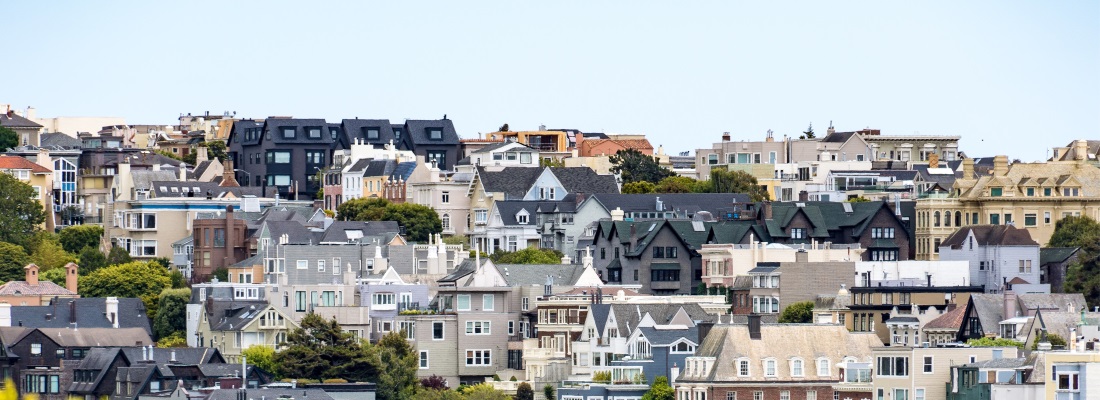






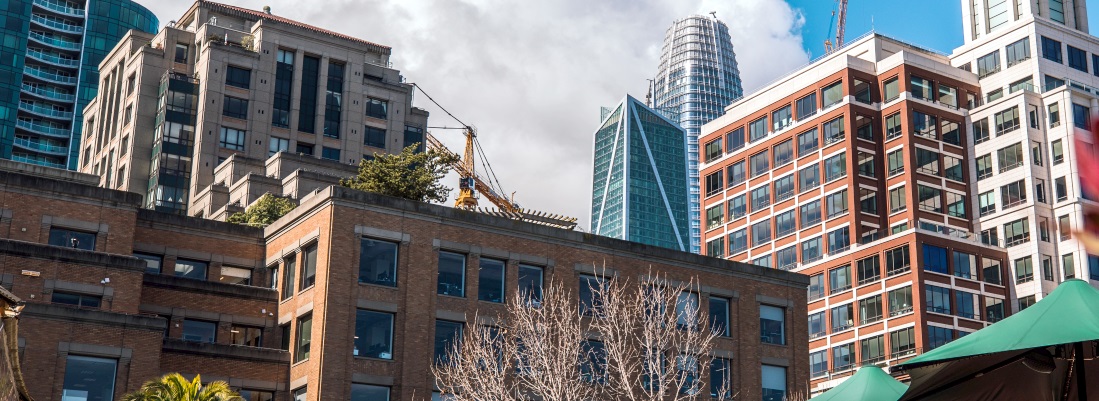



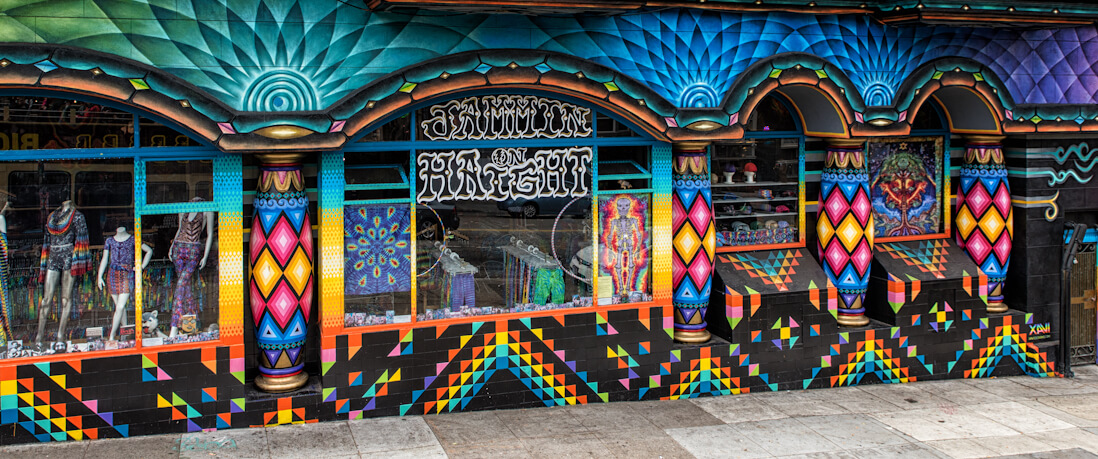
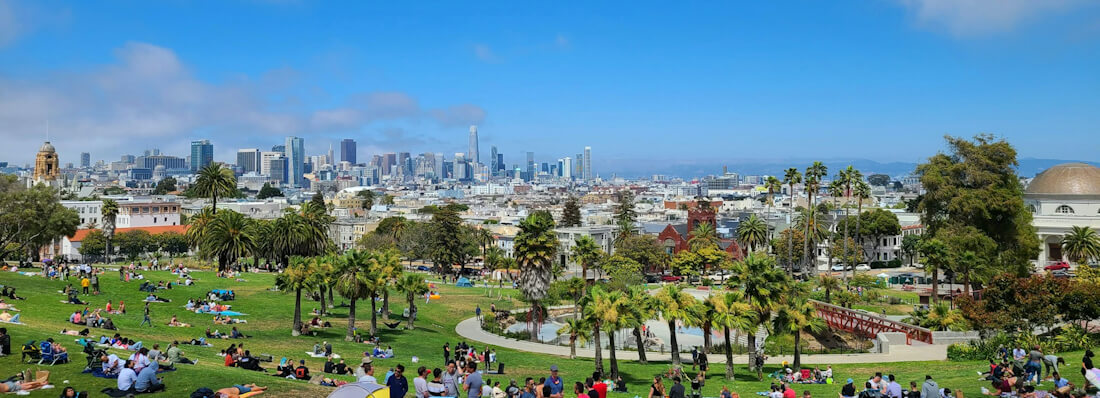
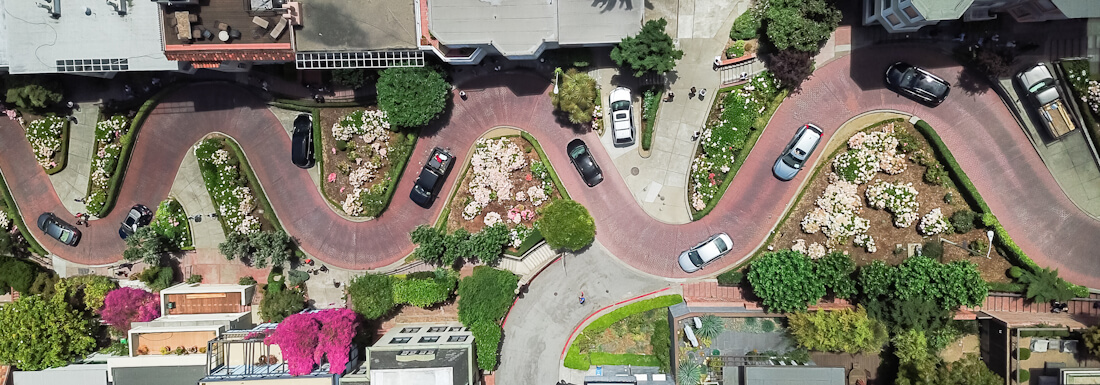 Lombard Street
Lombard Street